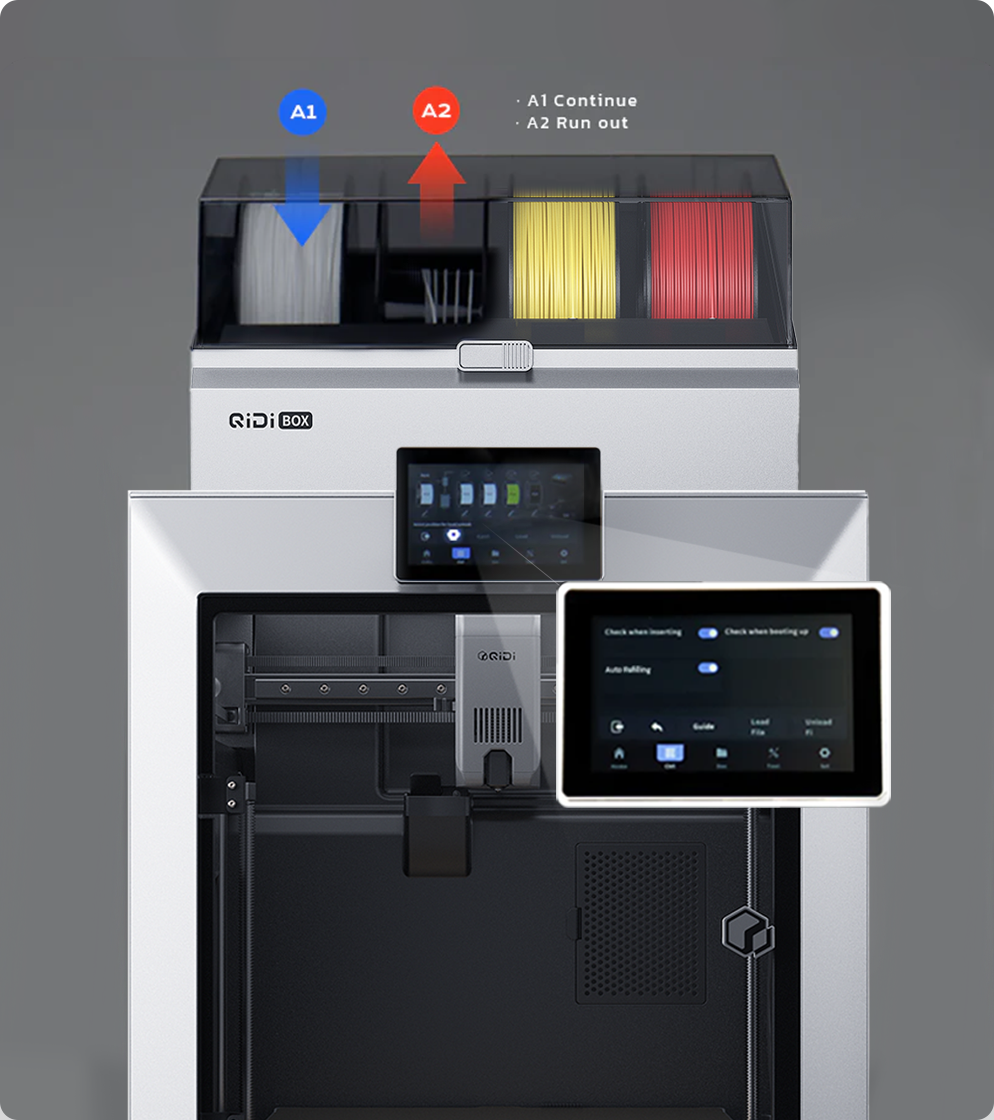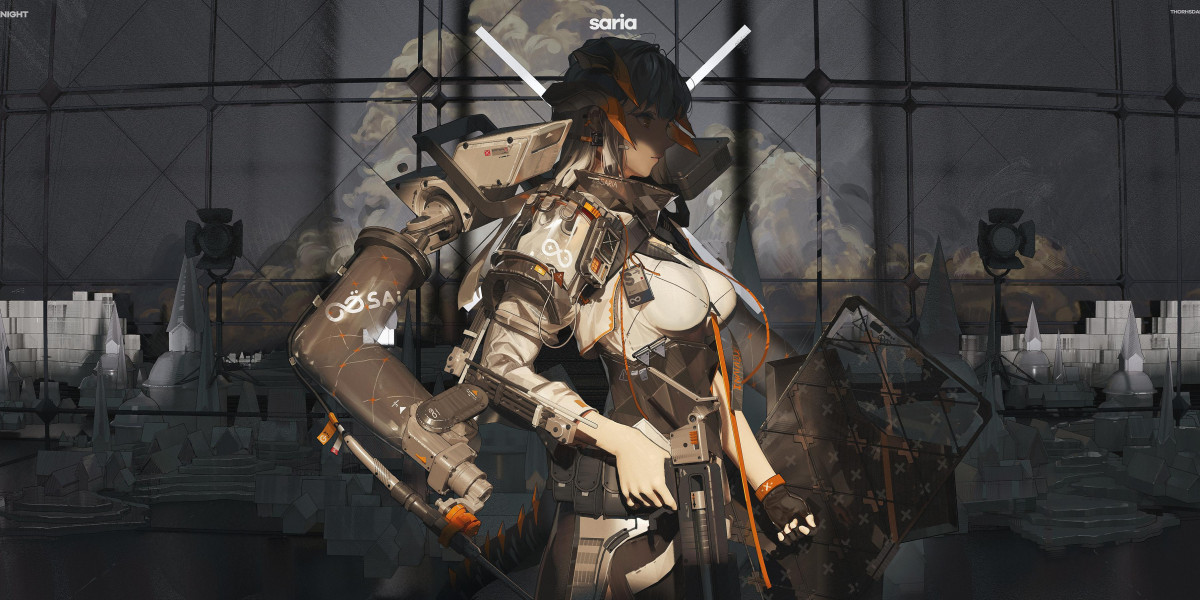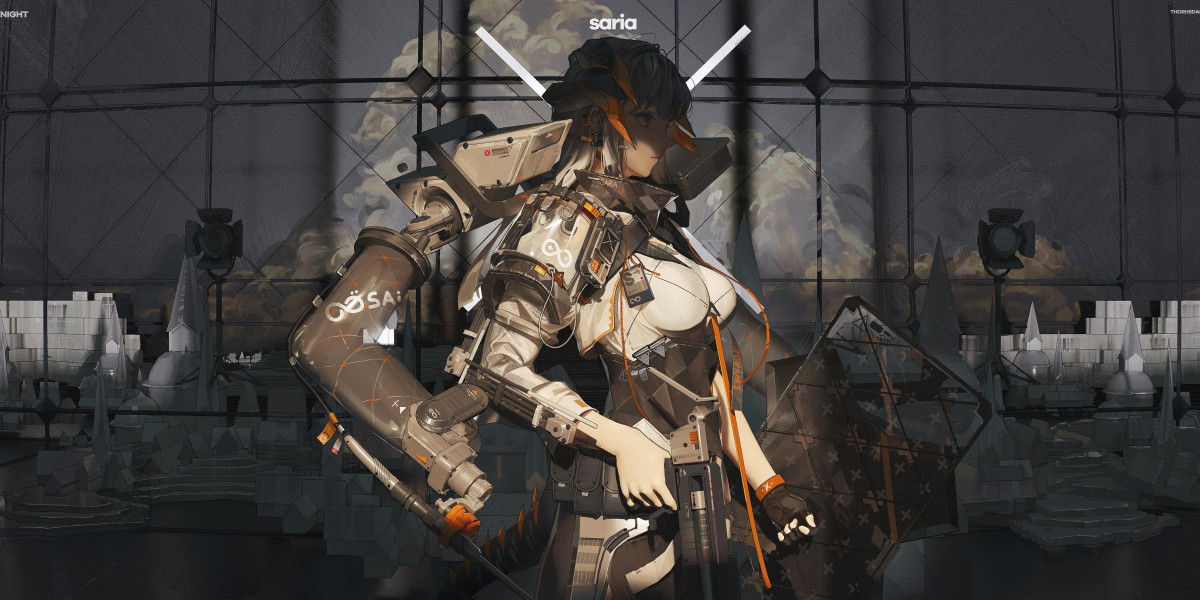Unlock Your Creativity: Discover the Ultimate Beginner's Guide to 3D Printers!
In recent years, 3D printing has emerged as a revolutionary technology that captures the imagination of hobbyists, educators, and creators alike. Its growing popularity among beginners reflects a desire to explore new realms of creativity and innovation. However, the world of 3D printing can be overwhelming, particularly for those just starting out. Choosing the right 3D printer is crucial for fostering creativity and ensuring a smooth learning experience. In this guide, we aim to provide detailed insights into the best 3D printers for beginners, highlighting their features, ease of use, and overall functionality. Whether you're a budding artist, a DIY enthusiast, or a curious learner, this article will help you navigate the exciting world of 3D printing.

Understanding 3D Printing Technology
At its core, 3D printing, also known as additive manufacturing, is the process of creating three-dimensional objects from digital files. It works by layering materials—usually plastics or metals—until the desired shape is achieved. There are several different methods of 3D printing, including Fused Deposition Modeling (FDM), Stereolithography (SLA), and Selective Laser Sintering (SLS). FDM, the most common method for beginners, uses a heated nozzle to melt plastic filament, which is then deposited layer by layer. Understanding these basic principles is essential for beginners, as it helps them choose the right printer for their specific needs and projects. Knowledge of different printing methods can also empower users to create more complex designs as they advance in their skills.
Key Features to Consider in a 3D Printer
When selecting a 3D printer, beginners should consider several key features to enhance their user experience. First and foremost is the build volume, which determines the maximum size of the objects you can print. A larger build volume allows for bigger projects, but smaller printers can still be very effective for beginners. Print quality is another critical aspect; look for printers that can produce fine details and smooth finishes. Ease of use is paramount for those just starting out, so consider options with user-friendly interfaces and straightforward assembly. Finally, material compatibility is essential, as different printers work best with specific types of filament. By focusing on these features, beginners can find a printer that aligns with their creative goals and technical comfort level.
Top Recommendations for Beginners
For those embarking on their 3D printing journey, several user-friendly options stand out. Look for printers that offer a good balance of features and accessibility. Ideal choices often include printers with simple assembly processes, intuitive software, and a supportive online community. Many of these recommended printers also provide excellent print quality and a decent build volume, making them perfect for experimenting with various projects. It's also beneficial to consider printers that come with helpful resources, such as tutorials and customer support, which can significantly ease the learning curve. Engaging with user forums can also provide insights into what makes each printer a suitable choice for novices.
Setting Up Your 3D Printer
Once you've chosen your 3D printer, the initial setup process is the next step. Begin by carefully following the assembly instructions provided in the manual; this often involves connecting various components and ensuring everything is securely in place. After assembly, you'll need to install the accompanying software on your computer, which is typically user-friendly and designed for beginners. Calibration is a vital part of the setup; it ensures that your printer is accurately aligned and ready to produce high-quality prints. Take your time with this step, as proper calibration can prevent many common printing issues. Remember to consult online resources or user forums if you run into any hurdles during the setup process.
Common Challenges and Troubleshooting Tips
As with any new technology, beginners may encounter challenges when starting with 3D printing. Common issues include misalignments, filament jams, and inconsistent print quality. To troubleshoot these problems, first ensure that the printer is level and that the nozzle is clean. Regular maintenance, such as checking filaments and ensuring proper temperature settings, can also help prevent issues. If you find yourself stuck, don’t hesitate to reach out to online communities or forums; many experienced users are willing to share their knowledge and tips. Remember, persistence is key, and overcoming these challenges will ultimately enhance your skills and confidence in 3D printing.
Finding the Perfect 3D Printer for Beginners
Choosing the right 3D printer is a crucial step for beginners looking to explore the exciting possibilities of this technology. By understanding the fundamental aspects of 3D printing and considering essential features, newcomers can find a printer that suits their creative aspirations. With the right setup and a willingness to learn, anyone can unlock their creativity through 3D printing. We encourage you to dive into this fascinating world—your next great project is just a print away!








